- Are you struggling with the frustration of sluggish progress in your pursuit of muscle gains?
- More often than not, the culprit isn’t your diet or the availability of supplements. Instead, it’s the elusive factor of training intensity that can significantly impact many budding bodybuilders.
- Training intensity plays a paramount role in the realm of muscle growth. It transcends the mere effort you exert during your workouts and delves deep into the core of what stimulates muscle development.
- In the context of building muscle, training intensity involves the level of effort and challenge you subject your muscles to when engaging in resistance exercises.
- This is where the essence of technique, endurance, and strength converge.
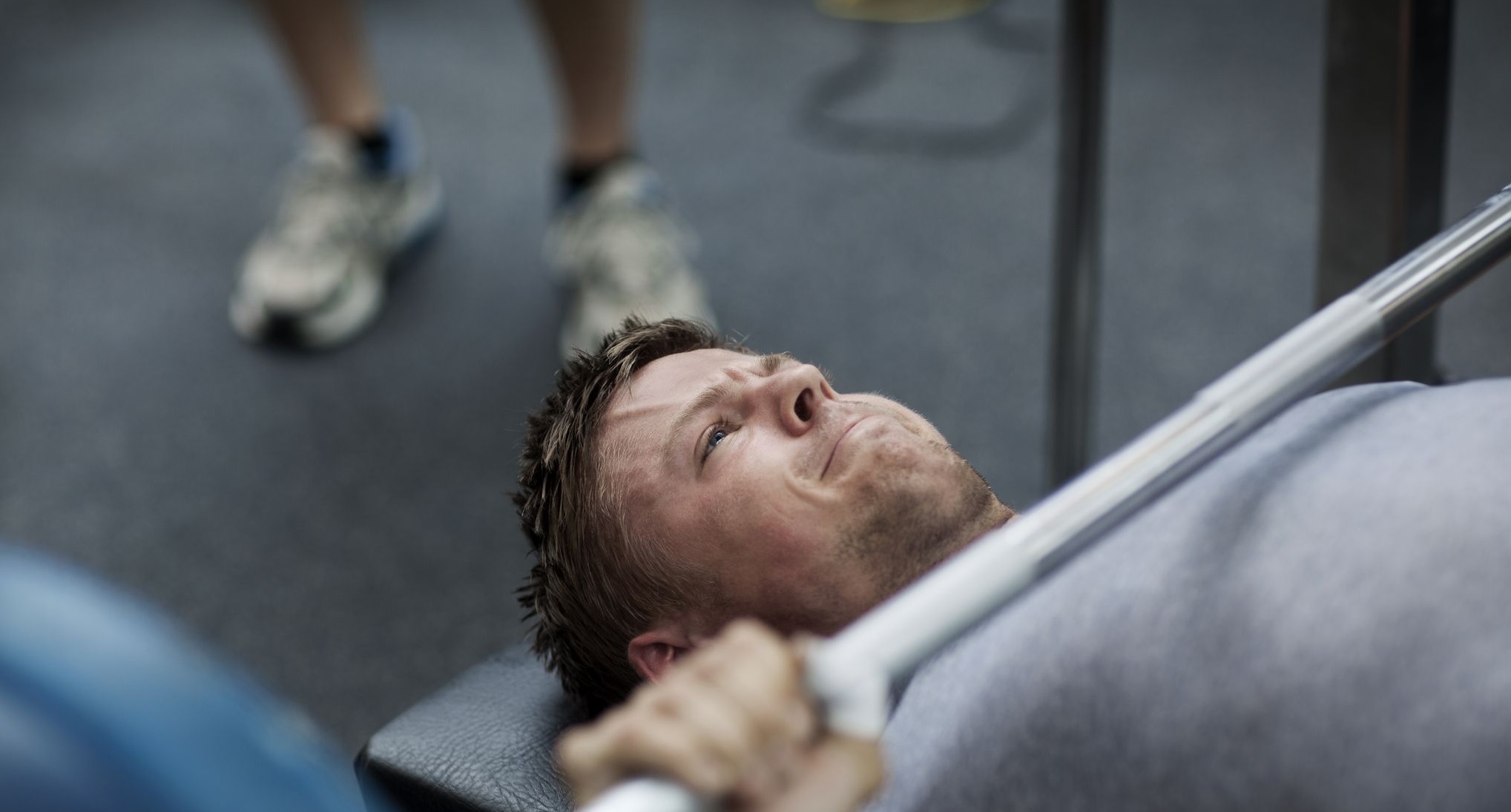
- Muscle-building isn’t solely about hoisting heavier weights; it’s a multi-faceted endeavor. It involves a combination of variables such as the frequency of exercise, the magnitude of resistance applied, the tempo at which you execute each repetition, and the overall effort invested.
- The ultimate goal is to present your muscles with a substantial challenge that not only tests their endurance but also stimulates their growth, making them stronger and more substantial.
- Achieving this balance in training intensity is of paramount importance because it’s not just about exerting maximum effort during each set.
- It’s about optimizing your approach to resistance exercises to ensure that each repetition contributes to muscle growth and overall performance.
- It involves a delicate interplay of effort, recovery, and the precise execution of high-intensity exercise.
Exploring the Physiological Aspects of Muscle Growth
- Muscle growth, scientifically known as hypertrophy, is a complex process that kicks in when you engage in resistance-based exercises like weightlifting. When you hit the weights, your body starts a complex chain reaction that eventually sculpts your muscles.
- One of the primary physiological mechanisms behind muscle growth is muscle fiber hypertrophy. This process occurs when individual muscle fibers increase in size and cross-sectional area.
- During resistance training, these muscle fibers are subjected to mechanical stress and tension, which leads to microscopic damage. In response to this damage, the body initiates a repair and adaptation process, resulting in the growth of muscle fibers. This adaptive response is driven by satellite cells, which play a vital role in muscle repair and regeneration.
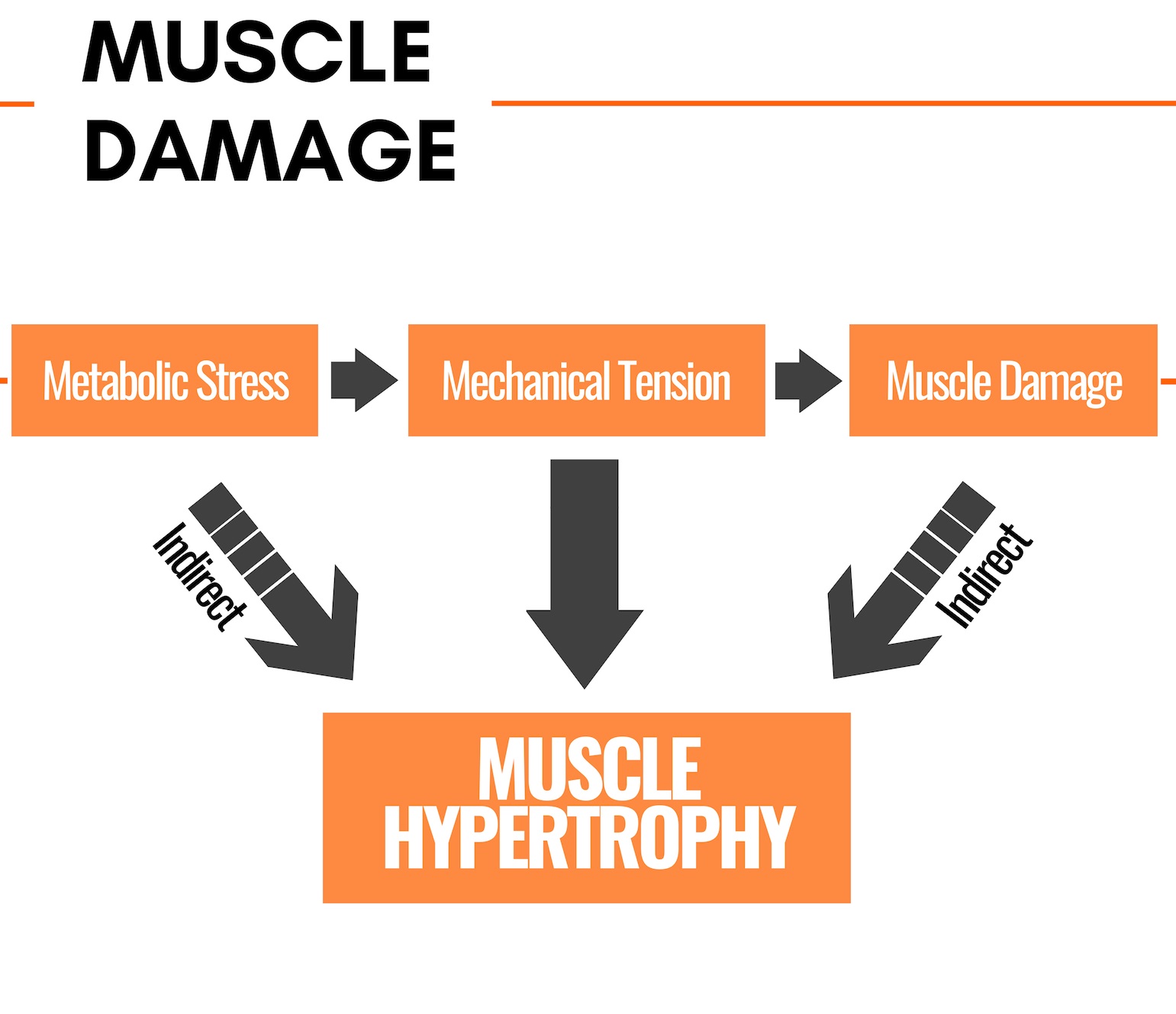
- Progressive overload is a fundamental concept in muscle hypertrophy, signifying the need to continually challenge your muscles to promote growth. To achieve this, you must increase the demands placed on your muscles over time.
- One of the most straightforward methods to promote hypertrophy is by gradually increasing the weight you lift. When you lift heavier weights, your muscles encounter a more substantial load, prompting them to adapt and grow to handle the increased resistance.
- This can involve adding weight plates to barbells, dumbbells, or resistance machines.
- Another approach is to modify the number of repetitions (reps) and sets in your workout routine.
- When you increase the number of reps or sets, you provide more opportunities for your muscles to work and, subsequently, adapt and grow.
- For example, if you were initially doing three sets of 8-10 reps, you might progress to four sets of 10-12 reps.
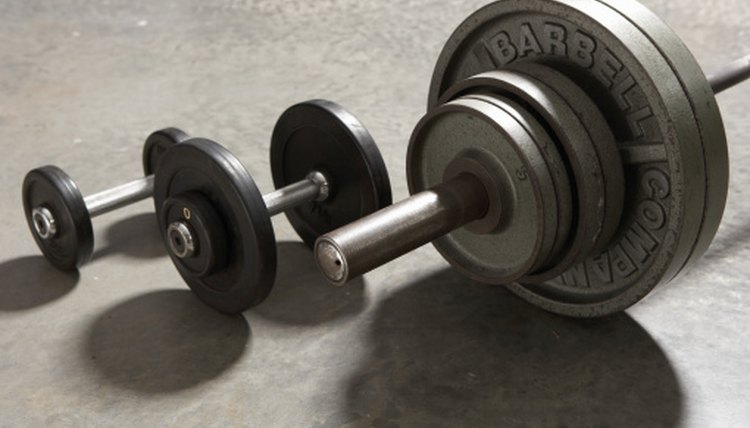
- Beyond the fundamental elements of weight, repetitions, and sets, there are various adaptable variables in your workout routine.
- These can include modifying the rest intervals between exercises, changing the pace of each repetition (commonly referred to as tempo), selecting different exercises, and rearranging the order in which you perform them.
- These adjustments introduce variety and ensure that your muscles remain consistently challenged during your training sessions.

- Implement intensity techniques like drop sets, supersets, pyramids, and negative reps to intensify your workouts further.
- These techniques push your muscles to work beyond their typical capacity, encouraging hypertrophy.
- Hormones, especially testosterone and growth hormone, play a substantial role in the muscle growth process.
- They act as regulators that oversee the production of muscle proteins and establish an optimal anabolic environment within your body to support muscle growth.
The Misconception of Effort
- It’s a common illusion in the fitness world: the belief that one is pushing themselves to the limit during workouts. However, upon closer inspection in the gym, it becomes evident that only a handful of individuals are genuinely breaking a sweat or exerting to the point of heavy breathing.
- The misperception stems from a fundamental misunderstanding of what authentic training intensity entails.
- This misunderstanding often leads people to equate the difficulty of a workout with its effectiveness. But the reality is far more complex.
- The mere presence of challenging exercises or heavy weights doesn’t necessarily translate to a productive training session.
- The true key to progress lies not just in the difficulty of the workout but in the specific level of intensity and effort exerted during each session.
- In essence, the sweat-soaked, breathless state achieved through training reflects genuine training intensity. Realizing this distinction can be the catalyst for unlocking new levels of progress in your fitness journey. It’s not about making the workout difficult for its own sake but ensuring that the intensity is optimized to yield the desired results.
Individualized Training vs. Team Sports
- Identify Your Goals: Before choosing between individualized training and team sports, clarify your fitness or athletic goals. Individualized training may be ideal if you have specific objectives like bodybuilding or personal fitness milestones. In contrast, team sports are suitable if you value collaboration, camaraderie, and the competitive aspect.
- Personal Preference: Consider your personal preference and what motivates you. If you thrive in a supportive team environment, where you draw energy from others, team sports may be your choice. If you prefer self-reliance and a customized approach, individualized training could be more appealing.
- Balance and Variety: It’s possible to strike a balance between both approaches. You can incorporate individualized training to work on personal goals and combine it with participation in team sports to enjoy the social and competitive aspects.
- Available Resources: Assess the resources available to you. Individualized training might require access to specific equipment or facilities, while team sports rely on organized teams and schedules. Consider what’s more feasible based on your circumstances.
- Long-Term Commitment: Think about your long-term commitment. Team sports often involve regular practice and competitions, which may demand a higher level of dedication while individualized training gives you more flexibility in scheduling.
- Trial Period: If you’re uncertain, consider trying both individualized training and team sports for a trial period to determine which suits you best. Sometimes, personal experience is the best way to make a decision.
Building muscle isn’t a one-size-fits-all game, you know? It’s all about picking what suits your personal goals and unique lifestyle to make sure your fitness journey really is effective.
The Solitary Nature of Individualized Training
In stark contrast, individualized training is a solitary endeavor. It’s a battle of “you versus you.” The absence of a team or coach means that the responsibility for pushing yourself falls entirely on your shoulders. It’s a relentless pursuit of personal growth and improvement where you must self-motivate and hold yourself accountable.
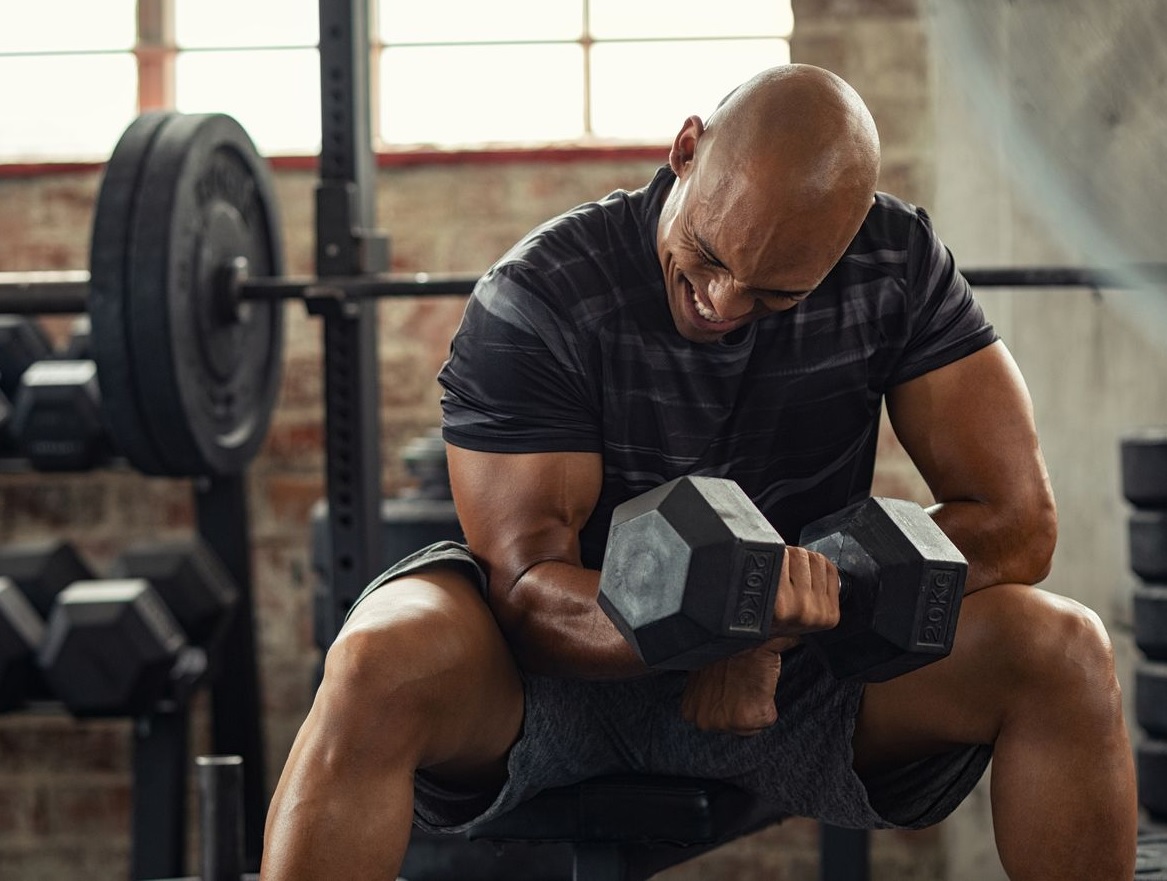
The Internal Struggles
- This is where the distinction between team sports and individualized training becomes evident. In personal training, you’re confronted with internal struggles that can lead to moments of self-doubt and the temptation to give up.
- These moments can occur when you find the training too tough when you question your capabilities, or when soreness sets in, tempting you to skip a day.
The Relentless Battle of Self-Improvement
- The relentless battle of “you versus you” defines individualized training. It’s about surpassing your limits, testing your resolve, and pushing through self-imposed boundaries.
- Unlike team sports, where external factors contribute to motivation, individualized training is driven by your inner desire for self-improvement. And that’s what truly sets it apart from the rest, you know?
- Surprisingly, intense training can also serve as a unique outlet for channeling inner drive, managing stress, and processing emotions.
- When you push yourself to the limits during demanding workouts, you experience an extraordinary release of energy, creating a cathartic moment of intense exertion that can help ease mental burdens.
Defining Training Intensity
An Illustrative Example: To truly grasp the concept of training intensity, let’s examine an example: four sets of 10 reps. In the first set, you complete a standard 10 reps. As you progress, the second set requires you to push through two additional challenging reps. By the third set, you muster an impressive 13 reps, and in the final set, you push beyond the standard 10, managing 12 and a quarter reps.

Beyond Standard Sets: The crucial lesson to grasp is that training intensity goes beyond conventional sets and demands pushing your boundaries. The focus isn’t solely on completing repetitions; it’s a relentless pursuit of self-improvement. The example given really pushes you to test your boundaries and smash any barriers you’ve set for yourself.
The Power of Pushing Hard
Pushing yourself to the level of intensity required for substantial muscle growth may initially appear daunting. However, it’s important to understand that not everyone naturally possesses this skill without proper guidance and practice. It’s not solely about putting in effort; it’s about pushing hard enough to stretch your physical and mental limits.
Embracing the Soreness
- In the relentless pursuit of building muscle through intense training, soreness often becomes a frequent companion but this shows the commitment you put into each workout.
- Pushing yourself hard when you work out has big benefits. By really going for it, you can build muscle faster, get stronger quicker, and look more fit overall. But you need to be ready to feel the burn if you want those gains.
- It’s not merely about the physical transformation but also the mental fortitude that develops as you continue to challenge your limits.
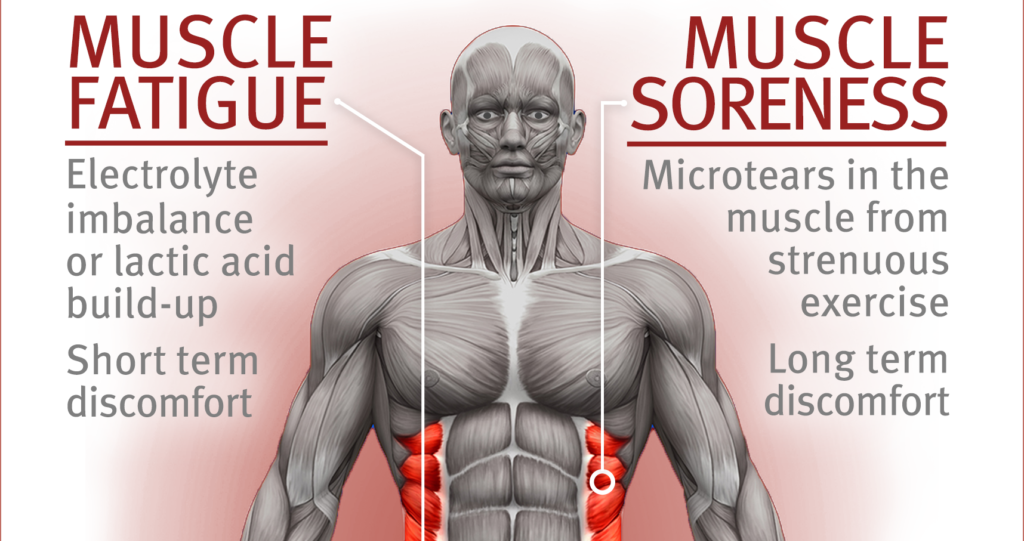
Consistency and Dedication
- Pushing yourself to failure in every working set stands as the swiftest route to achieving substantial muscle growth. This commitment to training intensity is a pivotal step on your fitness journey.
- Individuals with sculpted, strong physiques represent more than just physical aesthetics. They embody dedication, resilience, and an unyielding spirit. Your commitment to relentless training intensity is a testament to your unwavering determination to achieve your fitness goals.
A Transformative Journey
- Choosing to embark on this transformative journey will lead you to a more robust, balanced, and muscular upper body at the finish line.
- The significance of unwavering training intensity goes beyond physical transformation; it represents a deep commitment to personal growth and self-improvement.









